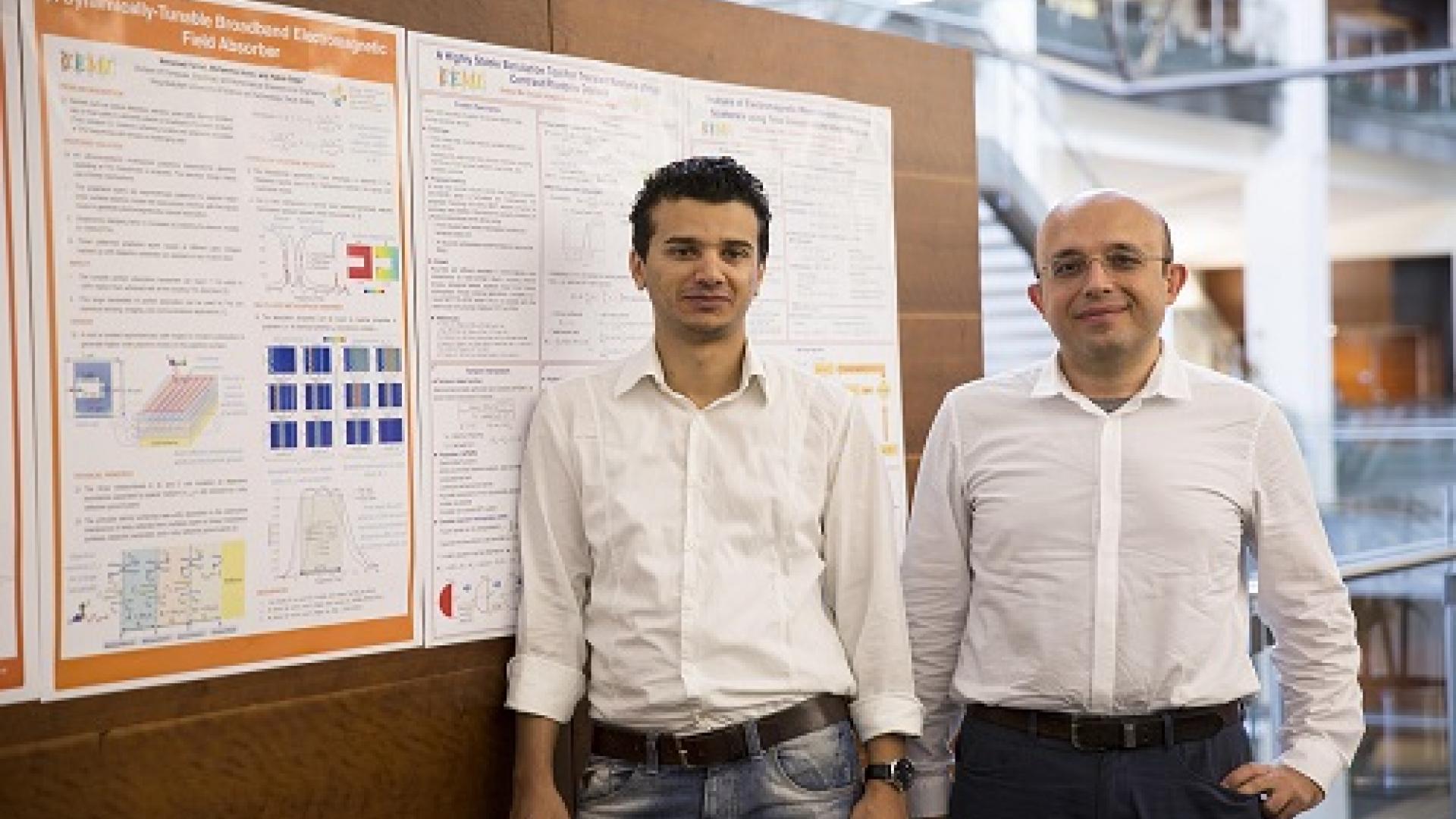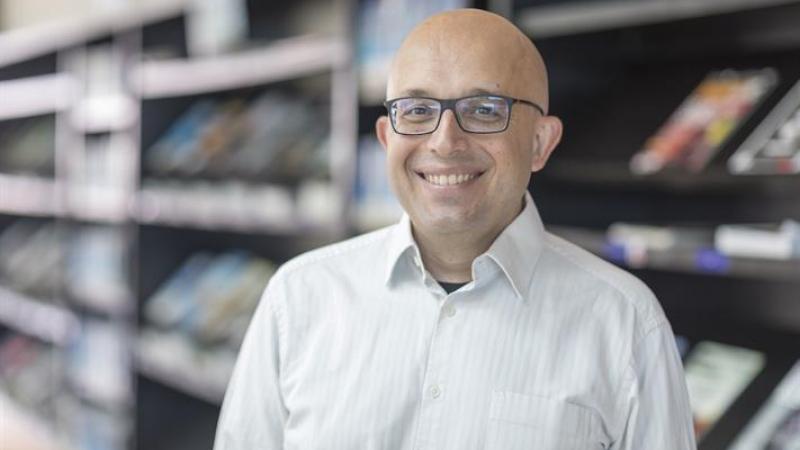© 2015 KAUST
A nanoscale near-perfect absorber, or ‘metascreen’, which operates at terahertz and infrared frequencies, has been developed by researchers at KAUST. Using geometrically patterned graphene, coupled with a metal-backed ‘dielectric’ substrate, the new absorber will have broad application in electrical engineering, from communication networks to solar cell technology.
Graphene, a two-dimensional structure comprising carbon atoms arranged in a hexagonal lattice, has remarkable electronic properties such as high conductivity and stability. When combined with noble-metal nanostructures, graphene’s so-called ‘plasmon mode’ triggers the creation of coherent, tunable electron oscillations. These enable researchers to control — theoretically at least — the absorption of light at different frequencies.
"The quest for the ‘perfect’ absorber has been ongoing for some time,” says Mohamed Farhat, a member of the team led by Hakan Bagci of KAUST’s Division of Computer, Electrical, and Mathematical Sciences and Engineering, who worked on the project in collaboration with Pai-Yen Chen at Wayne State University, USA.
“The challenge is to find a material that can absorb significant electromagnetic energy, ideally 100 percent, which is present at different frequencies — for example in the light shining on solar cells,” explains Farhat. “Such absorbers would vastly improve the efficiency and sensitivity of these devices.”
Read the full article

